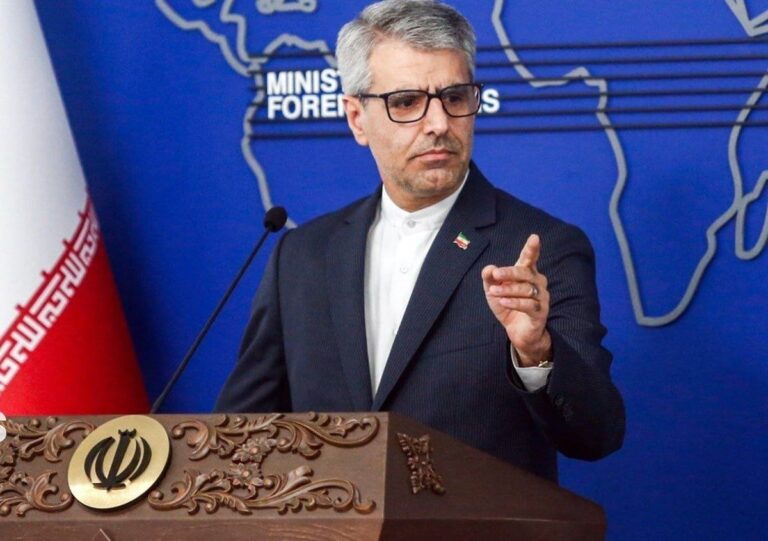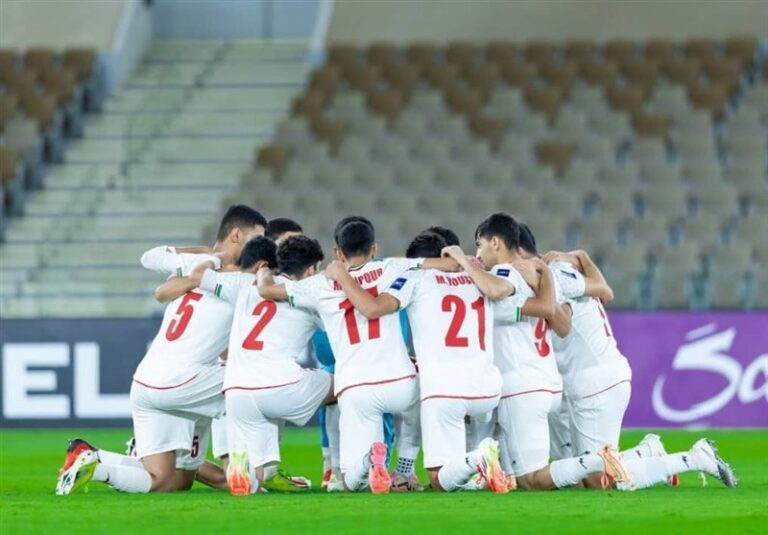Boosting Innovation: Russia’s Presidential Aide Urges Stronger Tech Collaboration with Iran
Iran-Russia Collaboration in Emerging Technologies is becoming increasingly vital as both nations aim to innovate and advance together. Recent discussions between Russian Presidential Aide Andrei Fursenko and Iranian officials have highlighted the importance of focusing on emerging technologies to foster stronger partnerships and collaborations.
During a significant meeting held on the sidelines of the International Innovation and Technology Exhibition (INOTEX 2025), which took place in Tehran from April 29 to May 2, Fursenko emphasized the need to prioritize technologies that are still in their developmental stages. He stated, “It is a fact that focusing on already established technologies will not be beneficial for the two countries. So, it is essential to put on the agenda the technologies that have not (fully) developed yet, which is a much more difficult task.”
Fursenko’s remarks were made in the presence of Hossein Roozbeh, the head of the Organization for the Development of International Cooperation in Science and Technology, and Mehdi Safarinia, head of Pardis Technology Park. He further noted, “Although working on new technologies is risky, we should not fail to prioritize them, because there is no other way to be the first in the world.”
In response, Safarinia expressed Iran’s commitment to enhancing international scientific cooperation, stating that Russia is among the top nations Iran aims to strengthen ties with. He mentioned that Russian companies could establish offices in Pardis Technology Park, enhancing collaborative efforts in research and education.
Safarinia also revealed that agreements have been reached with major Russian universities, including:
- St. Petersburg University
- Moscow State University
He noted, “We are following up on the issue in cooperation with the University of Science and Technology. This will be the first foreign university to have a branch in Iran. Both Iranian and regional students will be able to study at this university, spending part of their studies in Iran and the rest in Russia.”
The Iranian official highlighted the readiness to further enhance collaborations within the context of international partnerships, particularly as members of the Shanghai Cooperation Organization (SCO) and BRICS.
During the Iran-Russia diplomacy meeting, both countries also signed a memorandum of understanding (MOU) to establish two joint tech zones. This MOU was signed between the National Association of Advanced Industries and Knowledge-Based Companies of the Industry and Mining Sector, represented by Mohammad Mehdi Naibi, and Andrey Bezrukov, the Russian President of the Technological Sovereignty Export Association.
The MOU focuses on several key areas, including:
- Nanotechnology
- Biotechnology
- Health
- Information and Communication Technology (ICT)
- Artificial Intelligence
- Renewable Energies
- Oil and Gas
This agreement aims to promote production and market development through cooperative efforts in co-branding, marketing, and product development. According to the MOU, a technology park will be introduced within two months to facilitate these collaborative efforts.
INOTEX 2025 showcased over 500 innovative companies from Iran and various other countries, featuring sections such as:
- INOTEX Pitch (startup competition)
- Main Stage (inspirational speeches)
- Specialized sessions
- Mentoring sessions
- Exhibition of technological products
This annual exhibition serves as a platform for introducing cutting-edge technologies in areas such as artificial intelligence, renewable energies, medical technology, and the Internet of Things. Various educational workshops were organized to benefit enthusiasts and business owners, focusing on building a robust ecosystem for innovation.
The primary goals of INOTEX since its inception in 2012 include:
- Investment: Connecting investors with participants.
- Partnership: Facilitating collaboration between technology companies and startups.
- Networking: Encouraging interaction among different components of the startup ecosystem.
INOTEX not only introduces state-of-the-art technologies to large and medium industries but also connects technology product customers with manufacturers while providing investment opportunities for technology and startups. Over the years, it has gained recognition as the most significant innovation and technology event in Iran, attracting a sizable audience.
According to the United Nations Conference on Trade and Development (UNCTAD) Technology and Innovation Report 2025, Iran has been ranked among upper middle-income countries, improving its position to 72 out of 166 countries, signifying a positive trend in its technological advancement.
UNCTAD identifies 17 types of frontier technologies, including:
- Artificial Intelligence
- Internet of Things
- Big Data
- 5G
- 3D Printing
- Robotics
- Drone Technology
- Solar Photovoltaic
- Concentrated Solar Power
- Biofuels
- Biogas and Biomass
- Wind Energy
- Green Hydrogen
- Electric Vehicles
- Nanotechnology
- Gene Editing
The Technology and Innovation Report 2025 aims to assist policymakers in fostering inclusive technological progress, emphasizing the need for strategic decisions in science, technology, and innovation.






